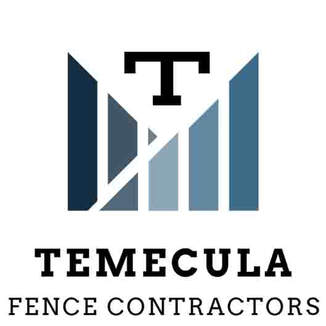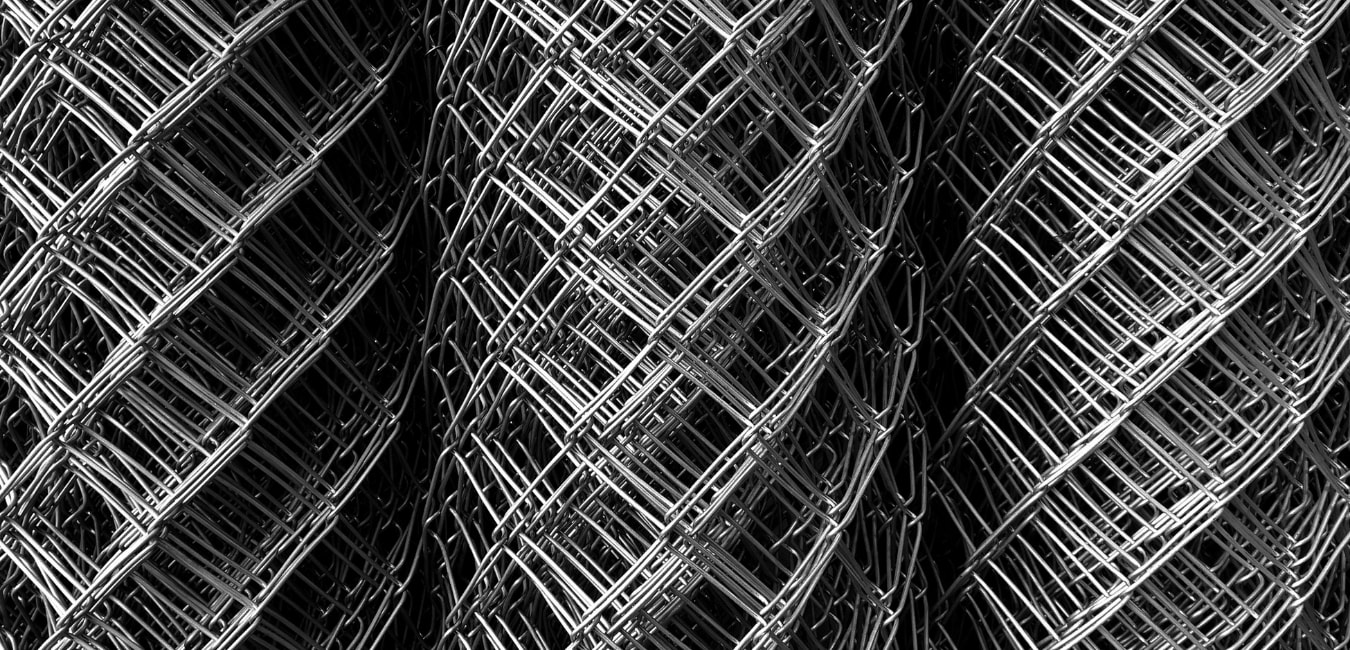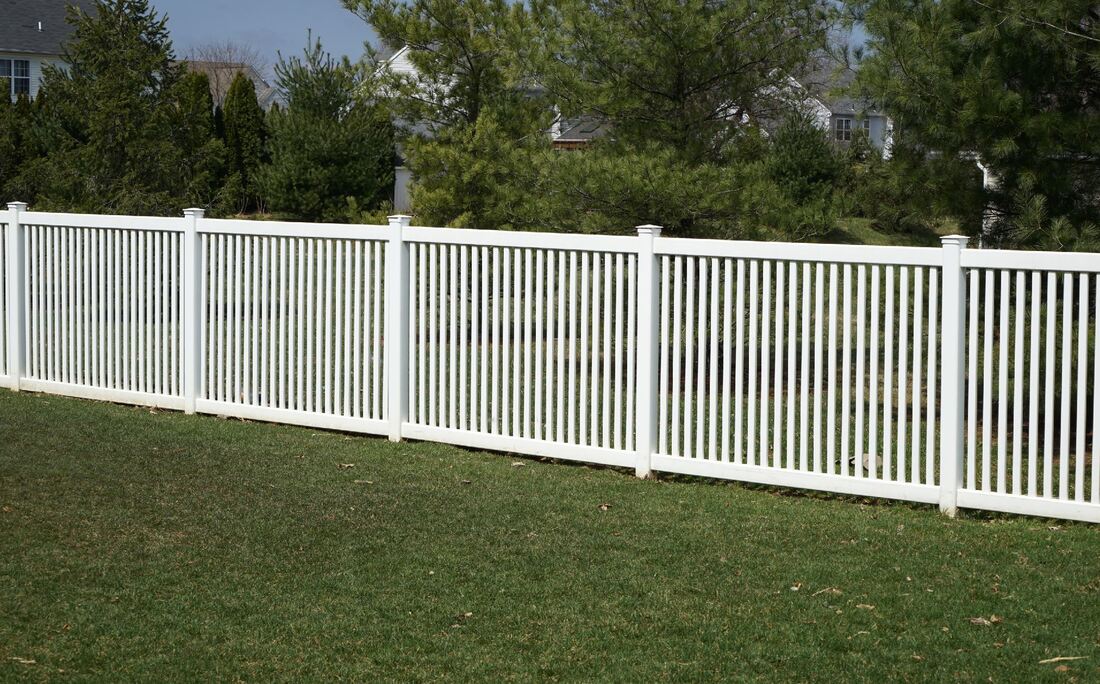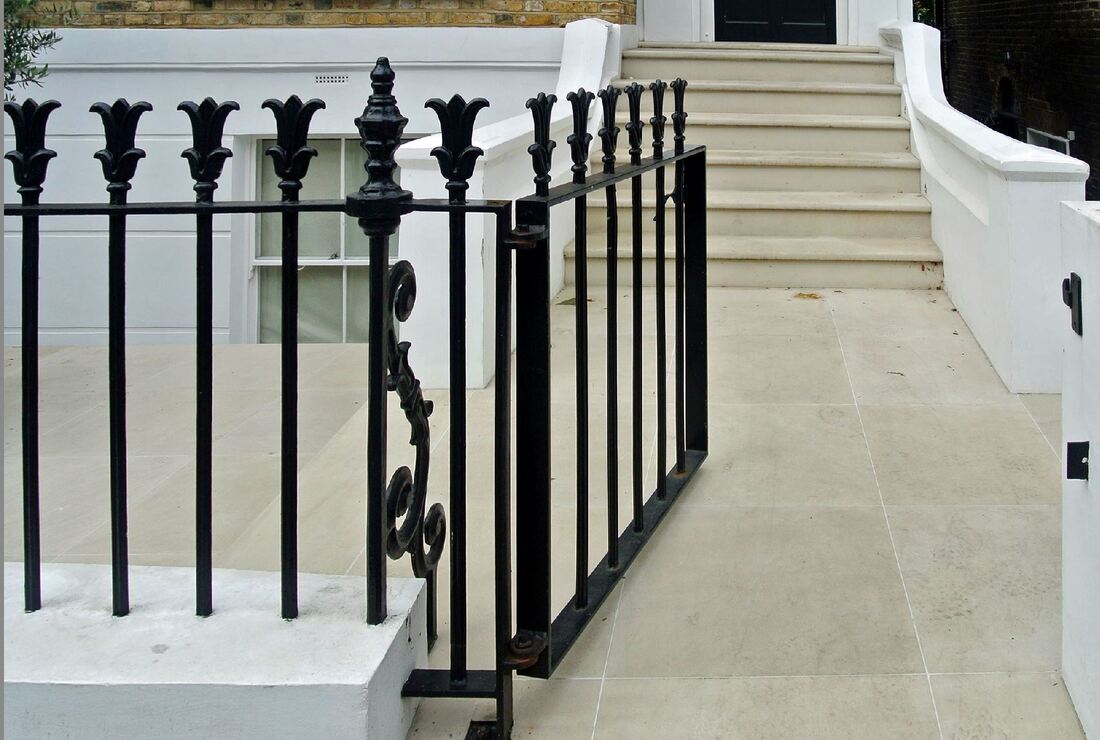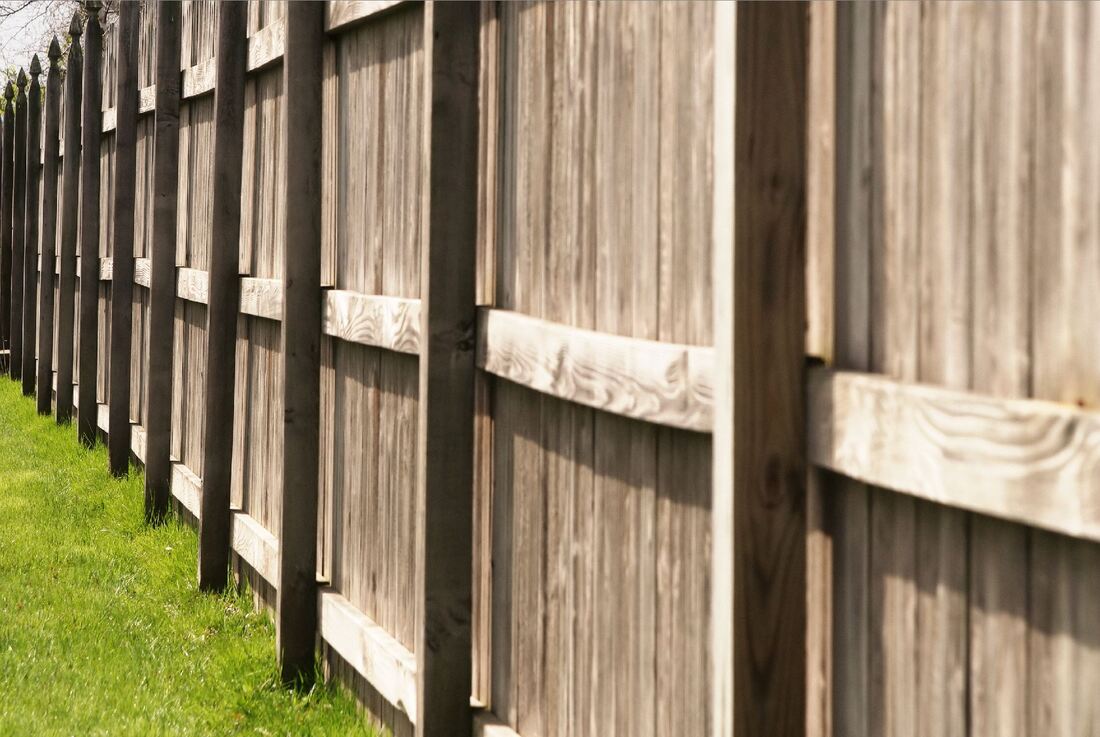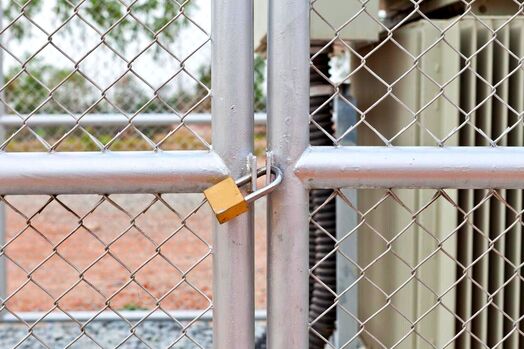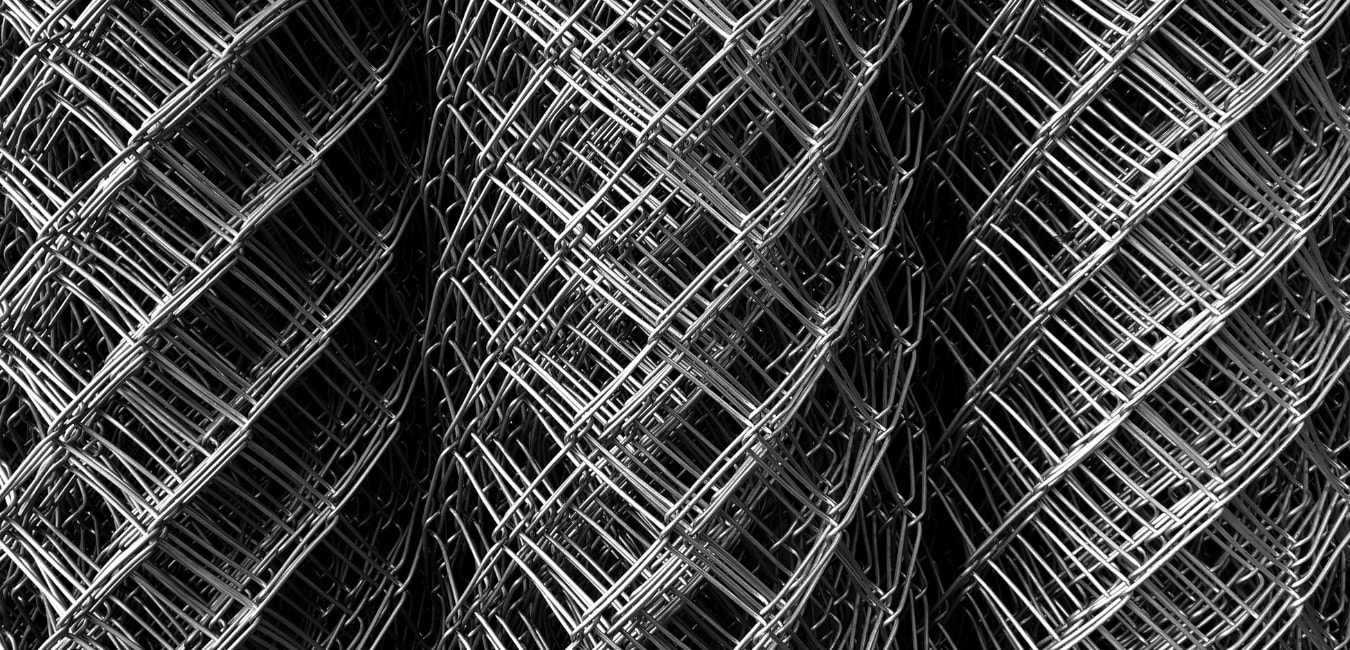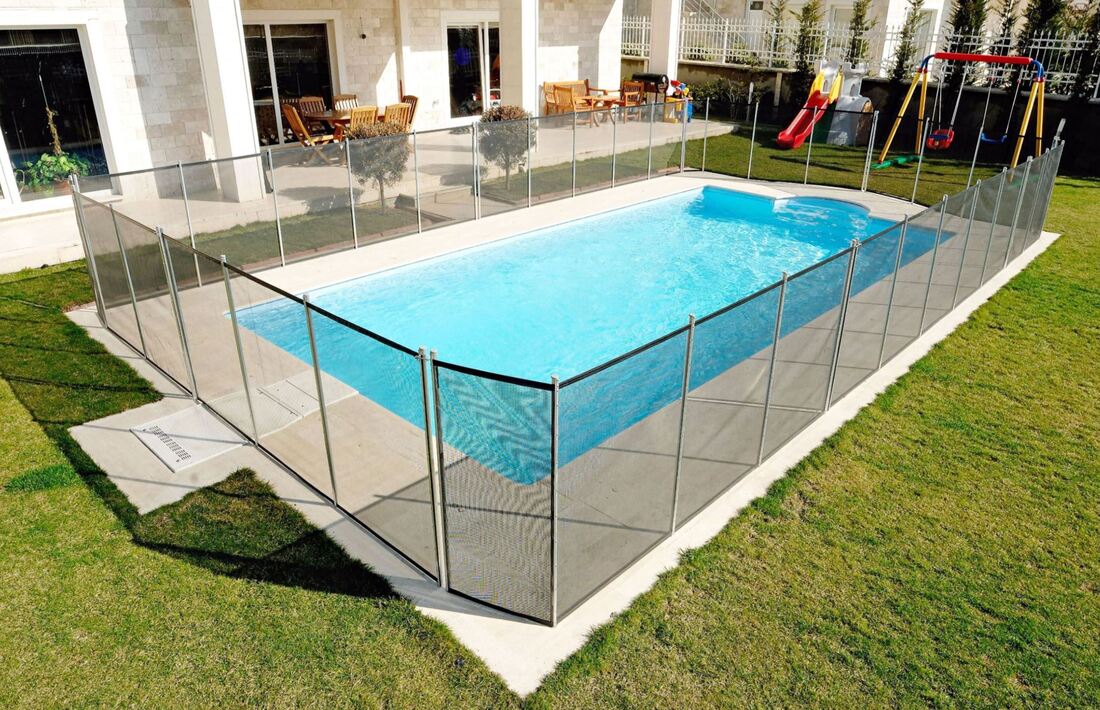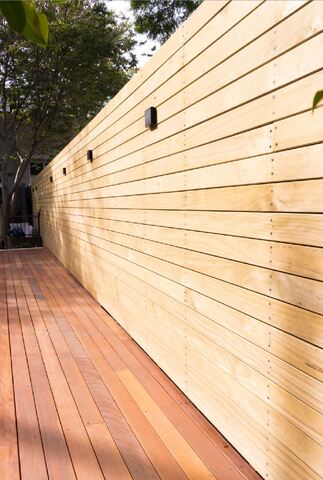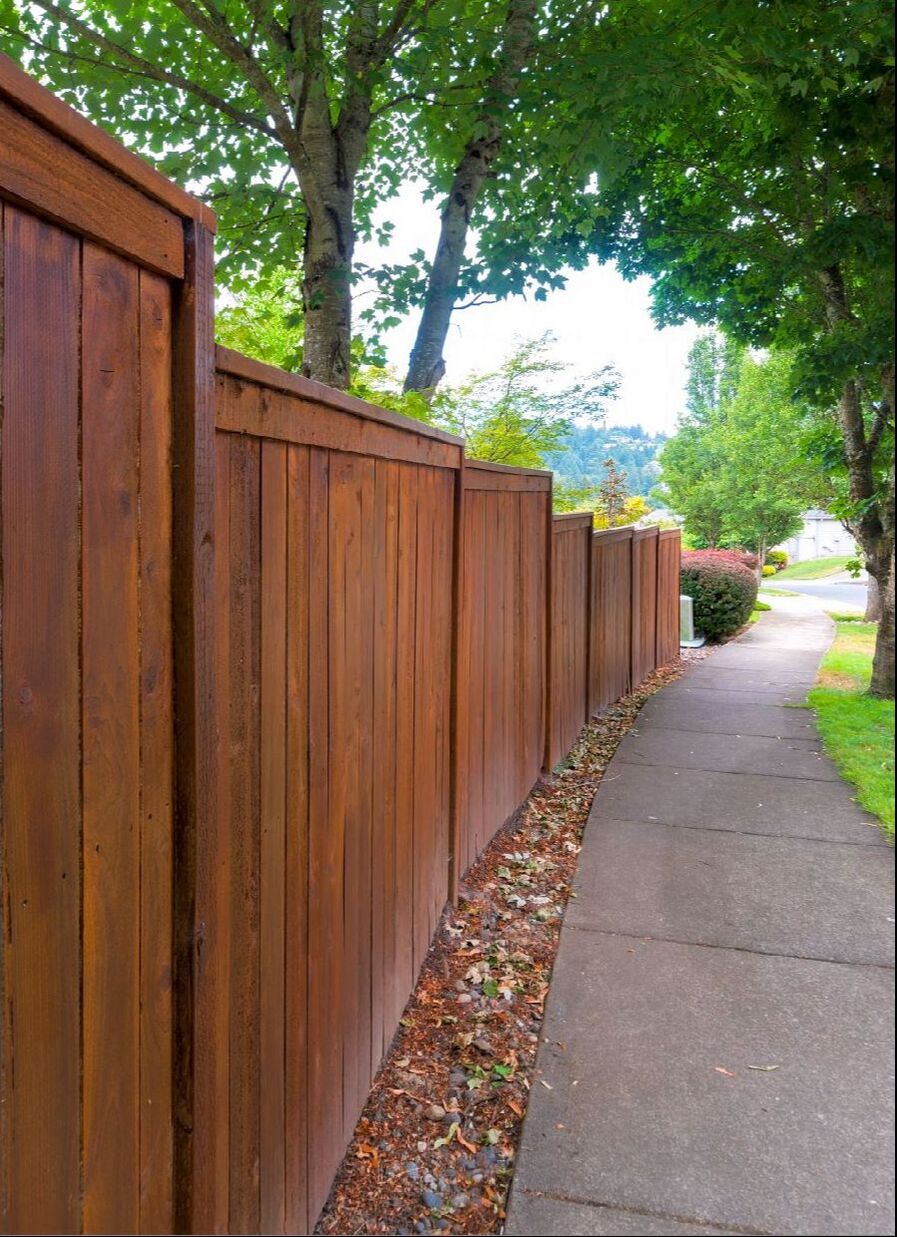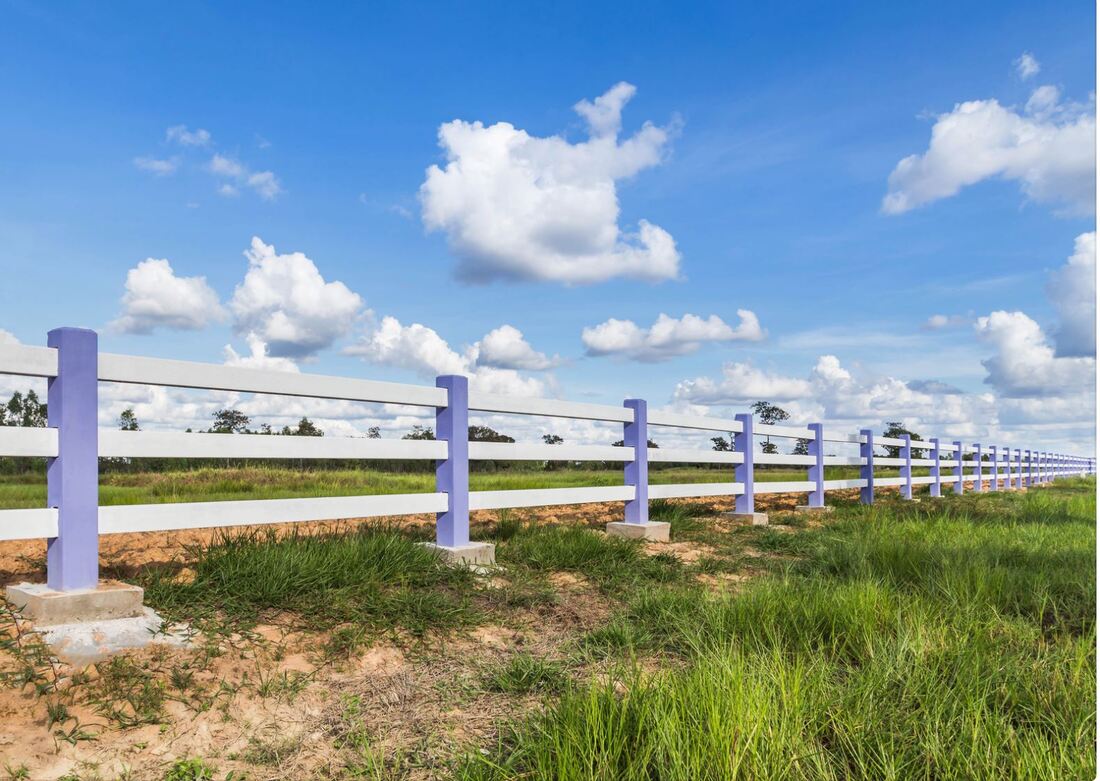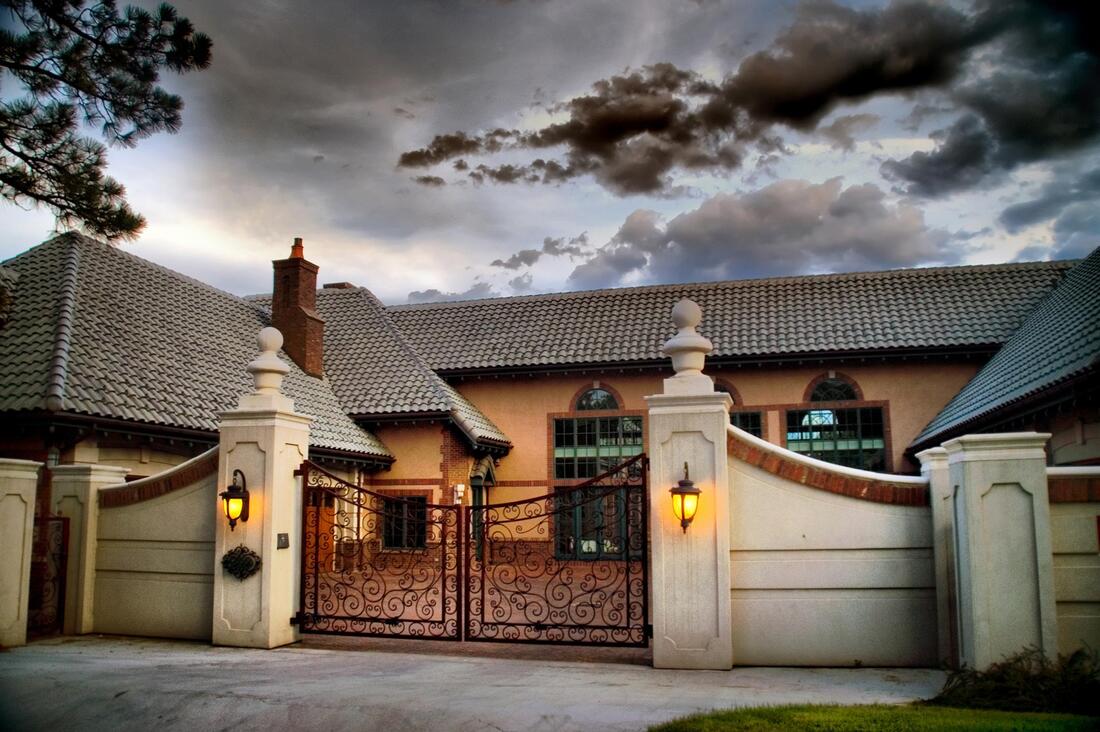Residential Fencing
|
Fence Contractors Temecula CA - Fence BuilderWhen you are looking for fence contractors in your area, then you do not need to go any further than Temecula Fence Contractors. We are the best fence company in Temecula. We can help you will all of your fencing needs from vinyl fencing, iron fencing, chain link fencing, wood fencing, glass wall fencing, and manual or automatic gates. We are here to serve the Temecula, Riverside, and Murrieta, California areas with pride and quality. All of our fences use only the best quality materials, and you get a quality in fence installation always, our guarantee. We pride ourselves in getting you the best vinyl fence gate you can find. When you want affordable fence and gates, we are here for you. So please come on down or give us a call so we can provide you an excellent fence today.
About Us When you hire us, we make sure always that your fences are best in quality because that is the only thing we can understand. We are not like other companies out to just make a quick buck. We want you to be safe, and we always make sure of this with the quality and professionalism of our builds. Our crews have years of working, hands-on experience with installing fences, so you know you will get things done right. Our Services We know fences are an essential part of your yard. They keep animals and other out of your private property as well keep your pets and family safe on the inside and from running away easily. We know this is important to you because this is also important to us with our homes likewise. We also know that you have different needs and design aesthetics than others. That is why we offer a wide range of fencing options for your design aesthetic and budget. No matter what you want when it comes to fences, we have you covered. "Top Fence Contractor in Temecula." |
Vinyl FencingOne of he most popular and versatile materials for all fencing purposes, Vinyl has been one of he most favorites of our customers. Due to the different looks and styles available and the durability it affords, vinyl fences are durable and one of the most effective material choice you can go with. As one of the top vinyl fencing companies in Inland Empire and San Diego area, we have got you covered. Whether you have a home, a sprawling estate, or a horse ranch, you cannot go wrong with vinyl. If you are looking for gate options, we can provide you with the best vinyl fence gate options around. We can take care of any vinyl fence repair jobs you need help with.
|
Iron FencingAlso known as iron railing. It is a type of fence that uses iron. Often made from two different methods from wrought iron and cast iron, the material has a wide range of pricing and durability depending on your needs. They are both excellent looking old-world fencing that can give you property an eloquent feel. If iron fencing seems right for you, please give us a call to find out more. If you are looking for a competitive metal fencing prices, look no further.
|
Wood FencingWood fencing is great for a more rustic or natural feeling for your protective perimeter. Most famously known for picket fences, wood fences have many different design options depending on the needs of your property. As wood fences can also be other ways such as with post-and-rail, round pole fences, and many more. When you want to enclose your area but keep things looking more natural, wood fencing is the option for you. So please give us a call if you would like wooden fences on your property. Talk to a fence specialist and you'll soon find that we are one of the best wood fencing companies in the Southern California!
|
Chain Link FencingChain link fencing is one of the simplest fencing options we have at our disposal. We are the chain link fence contractors that can get you this type of fence quickly and with no hassle at all. Chain link fence is affordable fencing that can go up fast and is often a great choice when you only need the fence to be temporary or have a small budget. If chain link fencing sounds like what you need, then please give us a call today.
|
I have been looking for iron fence repair near me and found it with Temecula Fence Contractors. They were able to get my antique wrought iron fence looking as good as new again without losing any of its old appeal. They are careful and simply the best. Now I need to get them to work on a vinyl driveway gate.” |
When I was looking for fence companies in Temecula, CA I came across these guys. I was looking for a pool fence since we now have toddlers, and I do not want the unthinkable to happen. They were able to give us the fence we needed to help keep our child and others safe. Thanks, guys!” |
We have a new property, and the budget has been tight, so I was looking for vinyl fence installers near me. We needed some affordable fence and gates to enclose our backyard so I could have our dogs run freely without worry. I also needed something I knew would withstand them when playing. Temecula Fence Contractors were so helpful. I will definitely use them again in the future.” – Sally P. |
Glass Wall FencingOn the opposite end of the spectrum of the previous types of fences are glass wall fences. This is for those that privacy is not really a matter but instead to just enclose your space from anything entering while still having that magnificent view. Glass wall fencing is for the modern customer who seeks to the newest and more minimalistic of aesthetics. If you are this kind of customer give us a call to find out more about glass wall fencing today.
|
Masonry FencesThe durability of a properly constructed masonry fence will provide you with all the strength and security of a masonry wall. That is the reason why we offer this service as well. We can take care of your project from the initial design, through installation and all the way to maintenance and repair. Whether built with concrete, brick, or stone, you can count on our team of fence specialists. From modern designs to more intricate designs, these fence-like structured walls can function both ways - as a fence to create boundaries and provide privacy. Jump on the phone for a consultation and free estimate today!
|
Manual and Automatic GatesFences are great and all, but if there is no way in or out, they can be pointless. That is why a vital part of any fence is having a gate. We can help you get both manual and automatic fences installed. No matter if you need a basic manual gate for entry into your yard or you need us as driveway gate installation contractors, we are here to help you. We are here to help you with any of your gate needs. Let us know with a call today what kind of gate you desire.
|
Contact Us
|
When you are looking for affordable fence and gates, you have come to the right place. We are the go-to fence builder in Temecula, CA, for any type of fence or gate. When you need a fence and gate company, please give us a call or email us today so we can get started working for you today. As the best wood fencing company, we are here to enclose your private property with the fence of your dreams to match your budget and design. Please call or email us today.
Our SERVICES
Fence and Gate Company Temecula CA
AFFORDABLE FENCE AND GATES
|
|
"What is a fence? The question seems to be simple and straightforward enough, but the answer can be another story.”
- JEFF BENEKE
THE HISTORY OF FENCING
In his book, The Fence Bible (2005), Jeff Beneke gives us an enlightening glimpse of the history of the fencing industry. He goes into an in-depth detail with each kind of fencing materials as well. Up to this day, the information contained in this book has been very valuable:
Throughout history, fences have been objects of beauty, incitements to class warfare, revolutionary advances in agricultural production, and rigid obstacles to human interaction. Just as the term fence has its multiple meanings and a diverse symbolic resonance over the centuries, so the actual structure we commonly refer to as a fence has itself generated a complex history in the realms of agriculture, landscaping, law, and neighborly ethics.
Some of this history can be gleaned from one of my favorite reads, the venerable Oxford English Dictionary. The very first definition of fence offered by the OED is as a medieval verb meaning “the action of defending.” To fence, therefore, was to engage in an act of self-defense. The second definition refers to what we now know as the sport of fencing, that is, swordplay. A fence is also “that which serves as a defence.” By the early sixteenth century the term was being used to describe “an enclosure or barrier ... along the boundary of a field, park, yard, or any place which is desired to defend from intruders.” Today, people who traffic in stolen goods are known as “fences.” “Don’t fence me in” begs not to be restricted, while “she’s sitting on the fence” implies a lack of conviction. And, as we will discuss shortly, the combativeness and negativity that are entwined in the etymology of the word are reflected in the legal history of fencing.
In many respects, fences have helped to define who and what we are today. At one time, our ancestors roamed the fields, forests, and deserts in search of food and shelter. Fences offered the opportunity to keep cultivated crops free of wandering animals, or to keep wandering animals from straying too far. They defined property holdings, giving those who worked the land incentive to improve it over time. And once we adjusted to the idea of staying in one place, we learned to construct housing that could last, and we formed communities. When crop surpluses appeared, we discovered that not all of us had to work at subsistence all of the time, and thus we found some time to create music, games, art, wine, and other standards of modernity.
History
Throughout Medieval Europe, village life depended on a system of open fields for pasturage. Although there were many variations in field systems from village to village and region to region, the most typical feature was the right for all to graze their animals on the common pasturage. Historians speculate that some of the specific field systems were prehistoric, meaning that they originated before written records were produced. For societies that depended for their survival on the food they produced themselves, field systems defined how people lived, worked, ate, and cooperated. Disputes over the rules of cultivation and grazing were often matters of life and death, and they tended to frame, if not completely overshadow, many of the conflicts that today we somewhat simplistically reduce to religious or political squabbles. Fences in particular tended to upset people.
Individual landholders worked long strips of arable land and meadow, which were often located far from each other. Long stretches of field were easier to plow, since they required less time turning around. Landholders produced their own crops of grain and hay, but they shared use of the common pastures. Draft animals, which were particularly needed in the hard fields of northern Europe, required substantial pasturage. Villages faced the task of ensuring this common pasturing, and also of controlling it. The animals had to be kept away from the fields under cultivation.
The entire community of landholders decided on crop rotation. When all of the crops had been harvested, the land was then made available for grazing by all of the livestock owned by the landholders.
The biggest human threat to this agricultural system was enclosure, or the act of denying access to the commons. In the later Middle Ages, especially in England, common lands gradually began passing into private hands. This movement away from common ownership and toward private property was often marked by the appearance of fences. Thus, enclosure came to be seen by many as a denial of justice, pure and simple. And no item was more successful at establishing enclosure than the fence. Many early American colonists brought the experience of enclosure and commons with them to the New World.
As early as 1632, the Virginia colony required crops to be fenced, and in 1646 added to this requirement a formal definition of what constituted a legal fence. Other colonies adopted similar policies. By mandating that crops be fenced in, the result was that large tracts of land were free to be used for pasture, which could not be fenced. Laws requiring fences spread west with the settlers.
Materials used for fences varied significantly from one region to the next. In some parts of the East, field – stones (refuse from plowed fields) were commonly laid alongside fields to keep them out of the way (and, thereby, creating de facto fences). Where timber was abundant, the zigzag rail fence was widely used (it required much less back-breaking work than stones, though it was very labor-intensive). But the demand for fences severely strained timber supplies, and board and picket fences began to appear. Laid straight, they consumed less linear footage, and the use of milled be boards constituted a much more efficient use of wood then the unmilled logs. As settlers moved into the — treeless prairie, even those options became extreme. Wire fencing was tried, but it proved less than useful at controlling cattle and horses. Often, fences were simply constructed out of whatever was available, whether it be brushes, stumps, sod, or mud.
Since trees were abundant in the East, zigzag fences were particularly popular in that part of the country. Colonial Virginians developed a system of using eight rails, each about 10 feet long, for each section of the fence. The sections were set at about 60- degree angles, often with two vertical rails holding the Horizontal rails in place on each end. This type of fence came to be known as the Virginia worm fence. Made with oak, cedar, chestnut, or other types of wood, they lasted for many years, required little upkeep, and were easy to build.
Early pole fences represented an improvement over she zigzag style in a couple of respects. They were laid straight, thus taking up less room and using less timber, and they relied on wood pins driven into bored holes for joinery, which created a strong connection. Slim, flexible twigs were also used to tie post sections together.
Good stone fences required some skill and a lot of sweat to construct. A solid foundation was a prerequisite, and subsequent layers were carefully designed to keep the fence level, with gaps between stones staggered and the weight equally distributed. Fences high enough to contain horses and cattle were particularly tough to build. When some timber was available, often a simplified pole fence could be laid over a shorter stone fence to maximize its effectiveness.
Milled lumber and metal nails helped create the board fence. Posts with flat sides would be sunk into the ground, with equally flat boards attached with nails. Board fences fit together nicely and looked neater, and once farmers and village dwellers began to appreciate their fancier creations, the era of fence design began. Rails were installed diagonally, vertical pickets were fastened to horizontal rails, cap rails were placed atop posts, and the posts themselves began to receive special, decorative attention.
Picket fences relied on even smaller pieces of milled lumber. Attached to horizontal rails, which themselves were tied to vertical posts, the resulting weave created a strong structure that used lumber efficiently and could effectively keep animals out of gardens. Pointed pickets added further protection against animals and people trying to climb over the top. People began painting their fences, as carpenters sought ever-new designs to increase the visual appeal of fences. Once the ornamental characteristics were appreciated, people began putting up fences as decorative features around their property. And at some point along that road, people began writing books on how to build fences.
A functional, though hardly attractive, variation on the first picket fences was a hybrid metal and wood fence. Small strips of lath were woven into two or more strands of wire. Long runs of this type of fence could be built off-site, or even mass-produced, rolled up, and transported to the fence site. This type of inexpensive “utility” fence is still available and is used for gardens and snow fencing.
Settlers east of the Mississippi River had to clear tracts of trees before they could plant crops. They built their fences from what they cut down. One style utilized the trunks of large pine trees as posts, with smaller rails inserted into mortises in the posts. Brushwood and shrubbery were laid alongside cleared fields to create impromptu fences. When a fence was not needed, the refuse was often burned.
As settlers moved beyond the timbered regions of the East into the Great Plains, they found a shortage of both trees and stones, which meant that fence building was nearly impossible. Thus the fertile fields that would later become known as the Breadbasket of the World were left uncultivated for lack of fencing, which was required to define property lines, protect crops from animals, and restrict the movement of livestock. Settlements in these regions centered around scattered wood lots and water sources.
Eventually it was discovered that what these regions had in abundance (sod) could be turned into fences and even houses. Sod cutters were developed that could cut 16-inch-wide strips to a depth of about 3 or 4 inches. With the sod removed, and recycled, the fields were ready to be plowed and planted. Mud fences were also common in some areas.
Historians maintain that the lack of adequate fencing sharply curtailed settlement in the treeless prairies of the United States. Attracted by the 1862 Homestead Act and its promise of 160 low-cost acres of land, early settlers found that they could not grow crops without fences, and they could not build fences at a reasonable price. So, many of them simply passed on through, heading for the West Coast. For some who stayed behind, the idea of fencing in animals was dismissed. Instead, the concept of common land for grazing cattle became widespread. Early settlers in west Texas began ranching with this mentality, gathering wild cattle (longhorns) that had moved north from Mexico. These new cowboys essentially roamed the open range with the cattle in search of water and pasture.
Others continued to’ seek cost-effective means of building fences. For a brief period (roughly 1850 to 1870) hedge fences became the rage west of the Mississippi River. Osage hedge was particularly popular. This thorn and fruit-bearing tree grows to 40 feet. Millions of Osage hedge plants were raised in nurseries m Texas, Arkansas, and other southern states and “en sold to farmers to be planted for fencing. The wood from the hedge was also good for fuel, fence posts, and tool handles.
But the reasons for the success of osage hedge led to its downfall. The thorny character of the plant the principal reason it was so successful. Cattle, horses, and animals of prey just did not like trying to breech the barrier, since it hurt and injured them. Some enterprising farmer-entrepreneurs began looking for a way to manufacture a product with similar characteristics, which would obviously be much more efficient than growing the plant. In 1873 an Illinois farmer named Joseph F. Glidden perfected a process tor producing twisted wire that contained coiled barbs, and he began selling his barbed wire the next ear. Other manufacturers quickly joined in, and factories sprouted almost overnight, producing what quickly became one of the defining commodities of nineteenth-century American innovation. The incipient osage-hedge industry quickly evaporated.
In its first year on the market, about 10,000 pounds of barbed wire was sold. Within only six years, that figure rose to over 80 million pounds. Barbed wire was relatively cheap, and it could be installed quickly. Posts had to be installed, which did take some time, but once that chore was done, the wire could be unwound almost as fast as it was attached to the posts.
Suddenly, large tracts of public land were enclosed in barbed wire by land companies, shutting those itinerant cattlemen out of water sources. One single enclosure reported to the United States General Land Office in 1884 contained 600,000 acres, and another swallowed up 40 townships. Ambitious cattlemen installed hundreds of miles of barbed wire fencing. By 1888 more than 7 million acres of public lands were enclosed illegally, by which time the federal government had begun taking steps to curtail and reverse the practice of enclosing public lands.
Simultaneously, most privately owned rangeland on the Great Plains was fenced in. Trail driving and free grazing, staples of life on the Plains in previous decades, quickly disappeared. Owners of livestock who planted few crops favored “free grass” (that is, open grazing), and maintained that crops should be fenced in so that animals could be free to roam and graze. Farmers, however, kept few animals and wanted open fields to grow their crops. They promoted “herd law,” which required that pasturelands be fenced, leaving fields under cultivation unfenced. Where these two cultures collided, conflicts arose. As the historian Walter Prescott Webb wrote in his classic 1931 study, The Great Plains, “It is not too much to say that in the middle and later years of the decade 1870-1880 the questions pertaining to fencing occupied more space in the public prints in the prairie and Plains states than any other issue — political, military, or economic” (p. 282).
Barbed wire helped end the era of cowboys, cattle trails, and the open range. There was resistance, in the form of fence cutting, which became widespread in Texas in the 1880s. And there were frequent violent clashes between poor homesteaders and wealthier cattlemen. But, in a very brief period of time, barbed wire ensured the predominance of farming over ranching throughout the Great Plains. Fencing also proved to be an effective deterrent to another industry, as cattle rustlers were no longer able to count on an open range to make their escape with herds of cattle belonging to others. Cattlemen increasingly turned their attention to improving the breeds of livestock and making water available."

